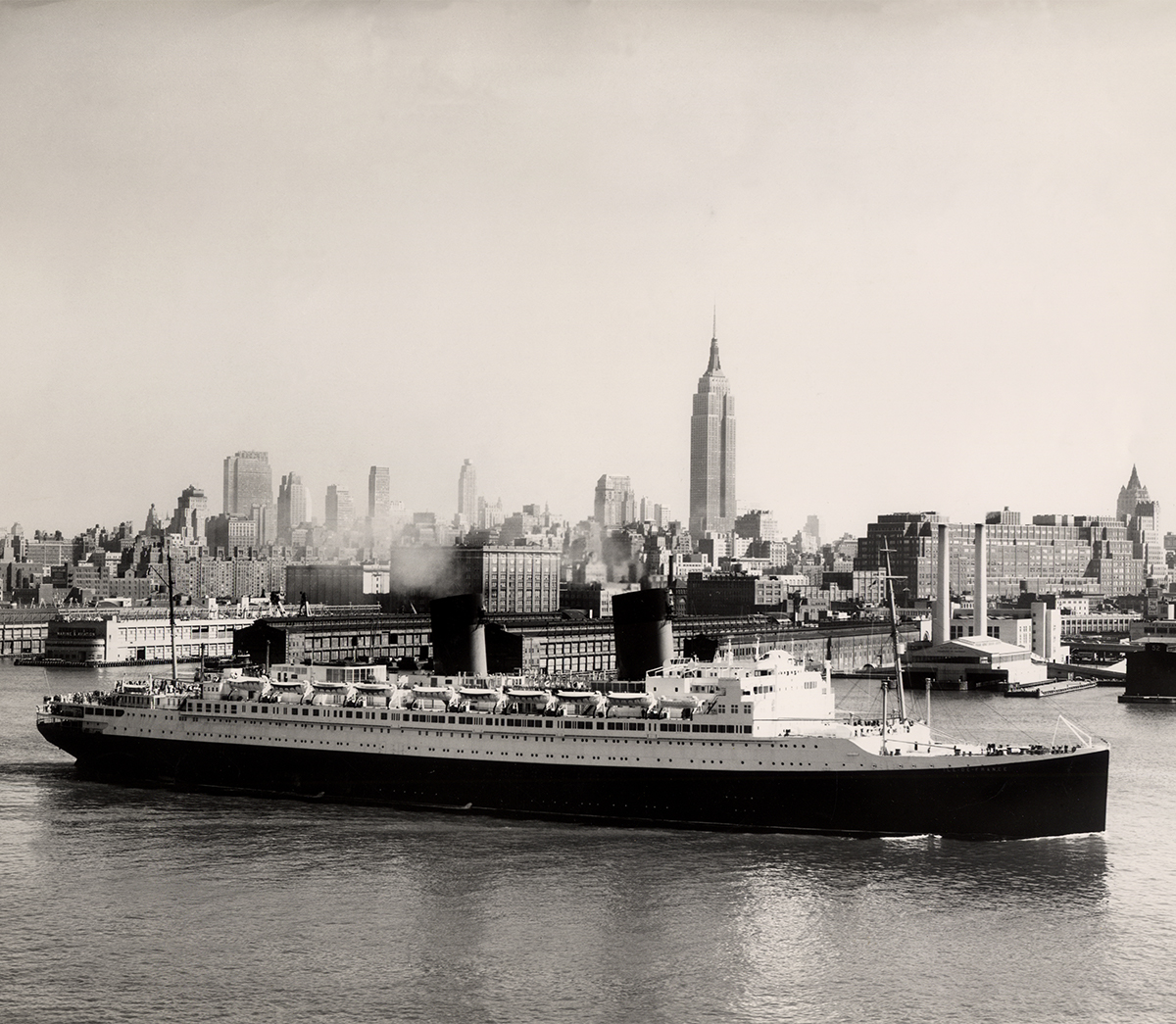A STORY THAT GETS BETTER WITH AGE, JUST LIKE CHEESE
The story begins over eight decades ago when, for the first time ever, French Brie crossed the Atlantic Ocean, aboard the famous ocean liner "Ile de France". A truly exciting moment for French cheese lovers, wouldn't you say?
This was not a coincidence: "Ile de France" was the first passenger liner to have refrigeration. But she was unique for other reasons as well: "Ile de France" was a trendsetter, with Art Deco interiors and the best French cuisine on the Atlantic. Everything on board was made and done in celebration of French Art de Vivre.
It comes as no surprise that the Ile de France cheese brand was created in tribute to that glorious liner. The brand allows people all around the world to discover and enjoy exquisite French cheese crafted and selected by French cheesemakers.
But that’s not all: just like the ship, our brand is an ambassador of French spirit. Its mission is to spread French Art de Vivre and gastronomy to all parts of the world.






